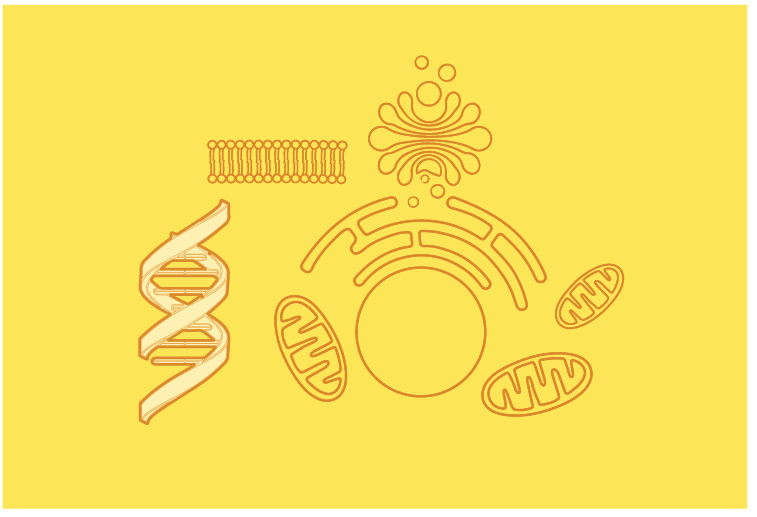
Core Leader: Peter Abadir, MD; Co-Leader: Dan Arking, PhD
The rationale for the Biological Mechanisms Core (Resource Core 2, or RC2) is to provide the expertise, technology access and infrastructure, mentoring, and training necessary to facilitate the highest quality etiologic research in frailty. RC2-supported projects have made substantial scientific progress towards the elucidation of biological pathways critical to frailty and to highlighting biological pathways for intervention development. These findings have helped transform scientific thinking on the role of the angiotensin system, inflammation, and mitochondrial function as it impacts frailty. The overall goals of this core are to provide the expertise for and access to the technologies and biological samples necessary to test biological hypotheses related to frailty, and to develop and apply important new technologies for frailty research. This core supports REC investigators, all pilot and exploratory studies, and a number of external projects. In addition, an RC2 development project aims to comprehensively study biological pathways in the frail mouse model using state-of-the-art omic technologies. The specific aims of the Biological Mechanisms Core are:
1) To provide state-of-the-art scientific expertise, technology and infrastructure necessary to facilitate a broad array of molecular and clinical measurement approaches as well as downstream computational technologies relevant to etiologic and translational frailty research.
2) To provide access to relevant biological samples from human subjects and animal models as needed to study frailty.
3) To facilitate the translation of RC-2 frailty research findings into intervention- or prevention-focused clinical studies in collaboration with the leadership of resource cores.
4) To provide training, mentorship and guidance to a diverse group of the most promising junior investigators who can contribute to frailty research using molecular studies.
5) To continue to provide institutional, national, and international access and visibility for RC-2-related science and activities.

